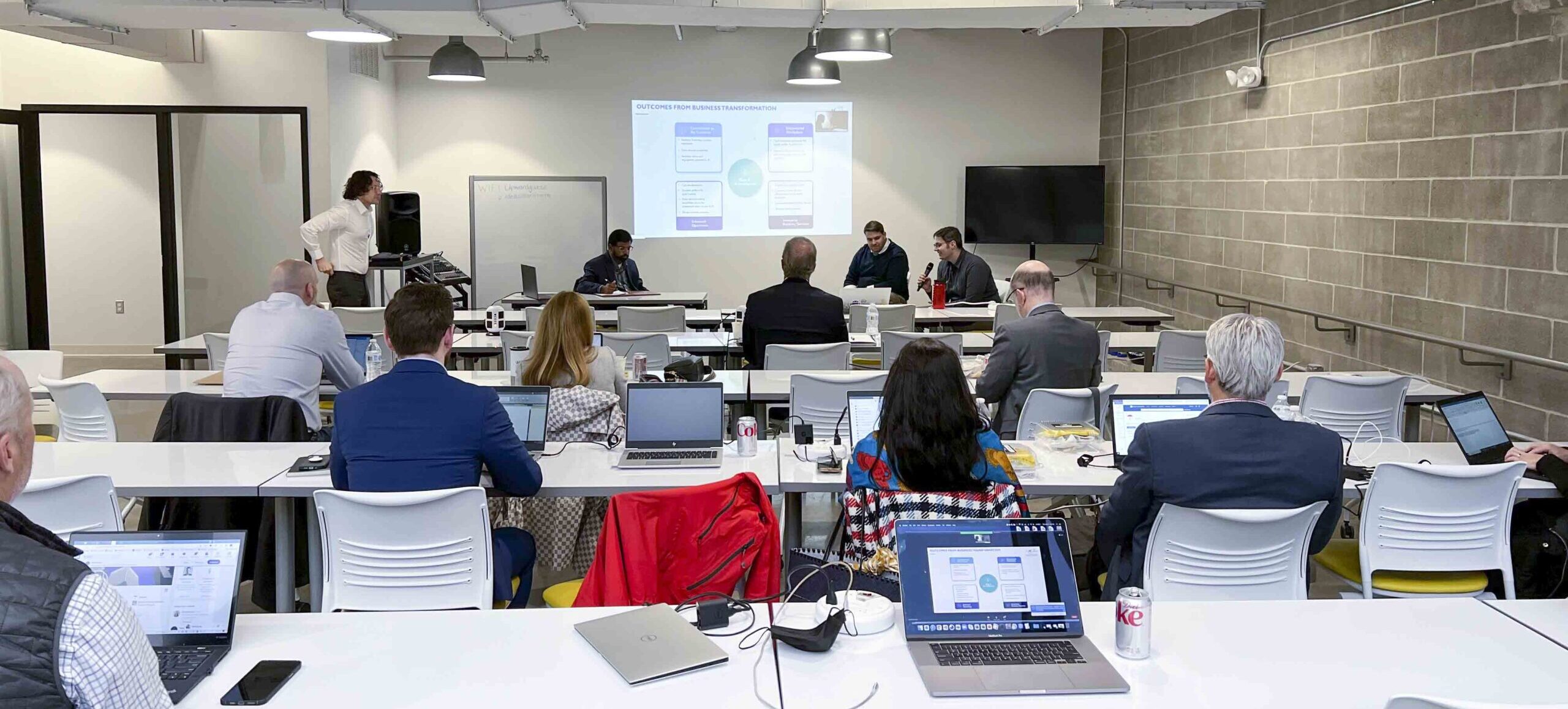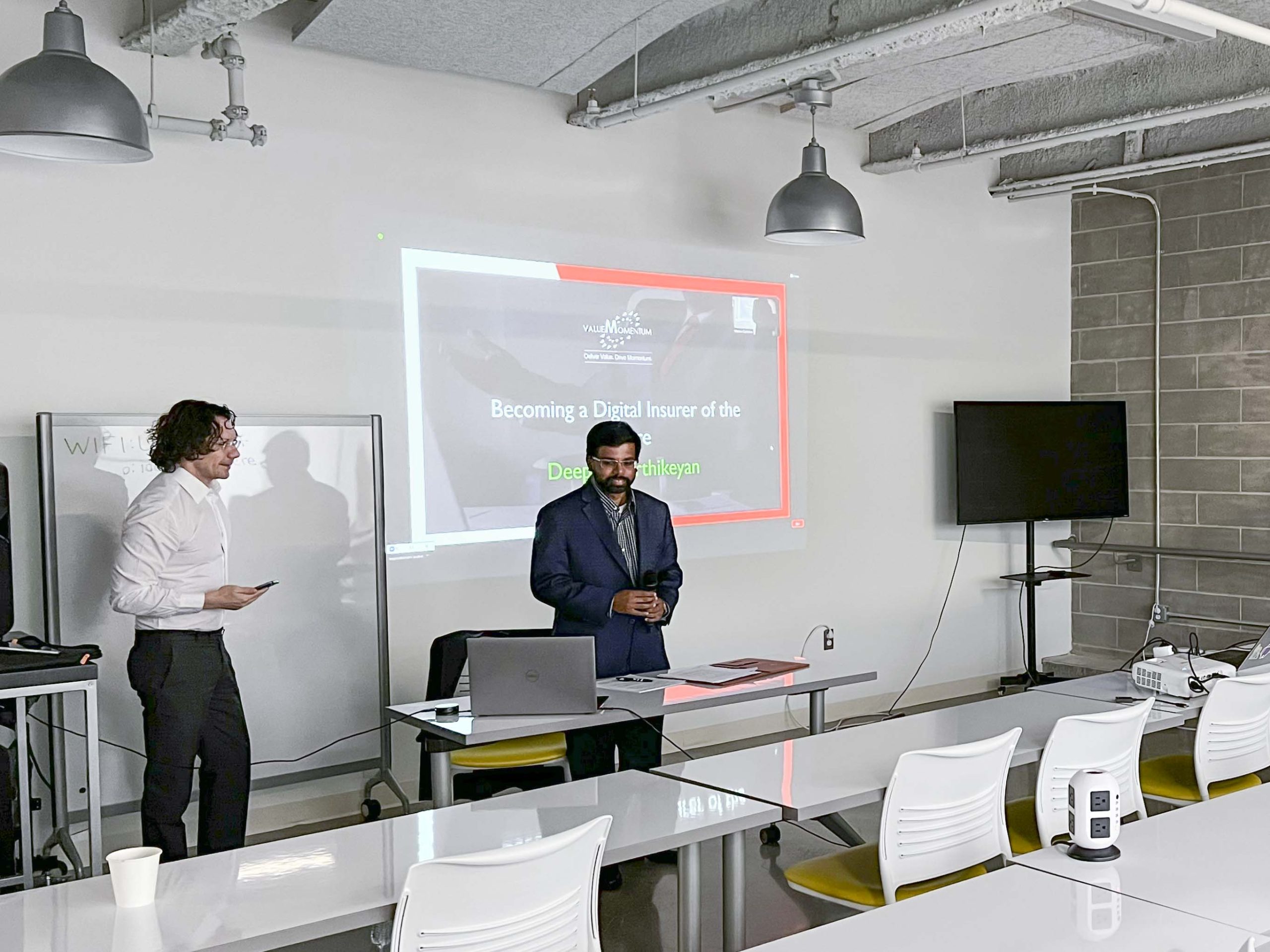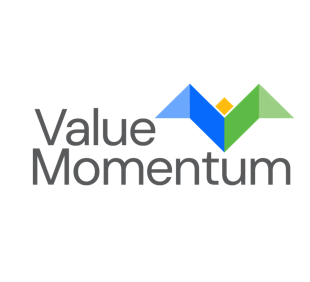
Internet of Things (IoT) is presenting insurers with opportunities to transform their business model to offer greater value to their customers and to better manage the risk and exposure of their business. With the number of networked devices increasing exponentially—estimated to be over 50 billion by 2025—the amount of data available for insurers to use to develop new products, expand into new markets, enhance operations, and improve customer experiences is growing every day. At the recent IoT Insurance Observatory plenary symposium in Hartford, CT, insurance business leaders convened to discuss these opportunities, including current applications of IoT insurance, telematics and UBI, and how to build the technology foundation to leverage IoT data from your digital ecosystems. To help insurers understand the potential of IoT and develop a strategy to participate in IoT-based ecosystems, the symposium included presentations, a panel discussion and networking opportunities with leading insurers who are members of the IoT Insurance Observatory.
IoT Applications in Insurance: Telematics & UBI
Telematics and UBI were big topics of discussion. This is no surprise seeing how usage-based insurance through telematics is a big application of IoT, especially in personal lines. Allstate, similar to other large insurers, have an established telematics program and various UBI products. The company presented on their journey with telematics and shared how they use IoT to offer usage-based products to their customers. Adding to this topic, Earnix—an analytics solutions company—spoke about using analytics to personalize pricing and offer dynamic UBI programs.
From current applications of telematics in personal lines, the conversation then moved on to telematics in commercial insurance—a newer and more challenging space. On this topic, Concirrus—a London-based software company offering digital insurance platforms—shared how insurance organizations can capture IoT data and use AI and a digital platform to unlock value for their commercial lines. Although some insurers already apply telematics for commercial lines—fleet insurance, for example—telematics for commercial insurance is an area that will grow in the coming years.
Reducing Insurance Risk & Liability with IoT
But IoT is much more than telematics and can offer value beyond UBI. IoT devices, in conjunction with AI, can help insurers identify specific points of risk and help reduce liability. For example, IoT can help insurers and homeowners protect their homes; Ting, a product used by State Farm, is a sensor that can help homeowners prevent fires. Other applications of IoT to reduce risk extends into commercial buildings, construction, wearables, home, and health & wellness.

Even with IoT becoming more prevalent and insurers embracing the value of IoT, a big challenge for IoT implementation in the insurance industry is the limitation of legacy technology. To be able to digitize and analyze IoT data for business decisions, insurers need to become a digital insurer of the future. Doing so would require insurers to build the technology foundation that supports data ingestion from various sources, leverages AI and innovative tools for analytics, and is developed around a modern data platform. Deepak Karthikeyan, ValueMomentum’s Senior Director of Cloud Data Solutions, presented and led a discussion on how insurance organizations can do just that.
Karthikeyan spoke about the rapidly changing digital landscape, the shift from a claims-centric to a customer-centric economy, and the need for insurers to move from a traditional business model to an ecosystem business model. His presentation focused on how insurers can build the capabilities needed to form ecosystem partnerships and adopt IoT. A critical part of that process is building the architectural foundation for IoT. This includes technology to aggregate, normalize and analyze data to make it available for the IoT platform to draw data-driven insights. Given the large volume of data coming from IoT devices, cloud technologies and AI tools are necessary in this foundation.
Joining Karthikeyan to discuss on the topic of digital insurer of the future and ecosystem platform capabilities were Matteo Carbone—founder of IoT Insurance Observatory—and innovation executives from Travelers and The Hartford. The discussion pointed out how large insurers are using innovation teams as labs to mine IoT data and make suggestions on what the organization should pursue. Based on these suggestions, the broader IT team (including digital and data teams) needs to figure out how to handle data consumption from these IoT-based devices. Given the process that insurers are taking to plan out their journey with IoT, recommendations that came out of the discussion for insurers to do to take advantage of the value from IoT include:
- Form partnerships that will elevate your organization’s value proposition.
- Improve collaboration between your innovation team and IT teams so that IT teams can more quickly implement and scale IoT initiatives.
- Decide which use cases your organization wants to pursue and the devices and data needed. Then start building the capabilities to leverage these devices.
Becoming an Insurer of the Future
There is no doubt that the applications of IoT in insurance will increase as insurers better understand the devices, the data coming from the devices, and the ecosystem of partners, manufacturers and service firms that can help them take advantage of IoT data for business value. To ensure that their respective organization gets ahead of competitors when it comes to IoT, insurers need to integrate IoT to their core and analytical models. They should also train and upskill their IT teams so that the team understands the data coming from these devices and how to use the data and make them available across the enterprise.
The ability to anticipate what is coming and build the capabilities to respond quickly to market changes with IoT requires insurers to be agile and think like an insuretech. Having the architectural foundation in place and the mindset of an insuretech will allow insurers to capture market opportunities with IoT as they arise, enabling them to transform their business value and pass that value on to their customers, agents, and partners.
Interested in building the architectural foundation to leverage IoT, but don’t know where to start? See how ValueMomentum’s DataLeverage team can help you develop a data strategy, build digital capabilities, and enable data insights to become a data-driven organization.

